Lupine Publishers Group
Lupine Publishers
Lupine Publishers Group
Peer Review Process
Introduction to peer review
What is Peer Review Process?
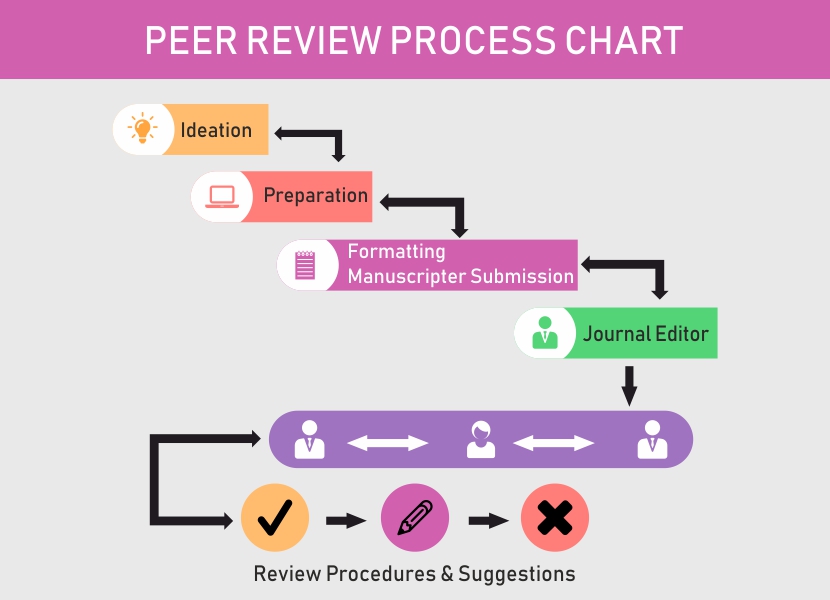
Types of Peer Review Process
Single Blind
In a single-blind peer review process, authors are unaware of who reviewed their paper, but reviewers are aware of the authors’ identity. While this method serves to reduce chances of bias or conflict of interest, there is a possibility that making the author’s identity known could influence the review.
Double Blind
In a double-blind peer review both the author and peer reviewers are not aware of each other’s identity. Peer-reviewed articles provide a trusted form of scientific communication as it is scrutinized only based on the content provided irrespective of the submitted person or the area of submission.
There is also another type of Review process:
Many journals have adopted even open peer review. In this model, the author's and reviewers' identities are known to each other.
What We follow?
We generally follow Double blind peer review process, in which both the authors and the editors who are going to review the papers submitted and approve for publication are unaware of each other’s identity. In this Process the Managing Director of the journal assigns the articles, received from the researchers to the Reviewers along with an Electronic review form, in which the Reviewers are initially supposed to check the scope of the manuscript whether fits to the journal or not then, they need to fill the form of a questionnaire and at the end they will provide their comments or any suggestions/edits in the paper (if required) (sometimes may ask for the results that they have got with proofs) to approve the manuscript for publication in the journal. This forms the basis for deciding whether the work should be accepted, considered acceptable with revisions, or rejected. Submissions with serious failings will be rejected, though they can be re-submitted once they have been thoroughly revised.
If a work is rejected, this does not necessarily mean it is of poor quality. A paper may also be rejected because it doesn't fall within the journal's area of specialization or because it doesn't meet the high standards of novelty and originality required by the journal in question.
The journal will publish the paper if the reviewer suggests only minor edits but before that the author is asked to make those corrections.
How Does It Work?
For authors, peer review policy provides a patina of respectability on their work. A scientist who publishes in his field's most prestigious journal gets to bask in the glow of the publication's reputation. He may get called for more interviews and may have future research viewed more favorably by funding bodies.
For journal editors, peer review informs their decision-making process. An editor can publish a paper with much greater confidence if he knows that paper has been thoroughly vetted by a team of qualified referees. The editor's management of the peer-review process is directly related to the reputation of the journal. If he consistently selects papers of the highest quality, he will enhance the reputation of his journal. If, on the other hand, he allows the occasional substandard paper to be published, he can erode the journal's credibility.
For other Readers, peer review process acts as a mechanism to help prioritize what they read. By focusing only peer reviewed journals in their field, a reader can assume they are reading the most important papers of the highest quality. It's sort of like using the New York Times bestseller list to determine which novel you're going to read next.






































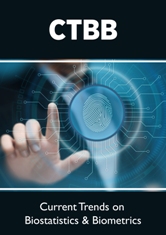
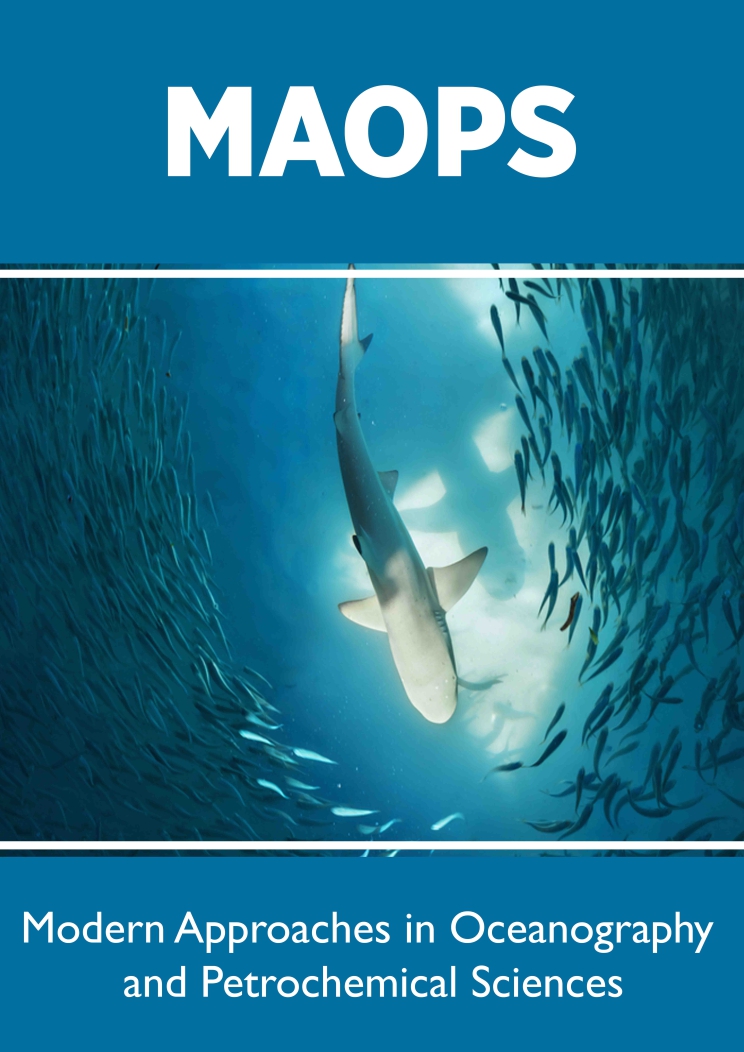



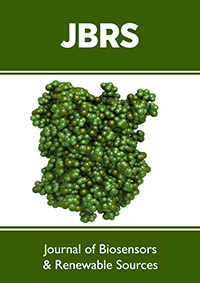
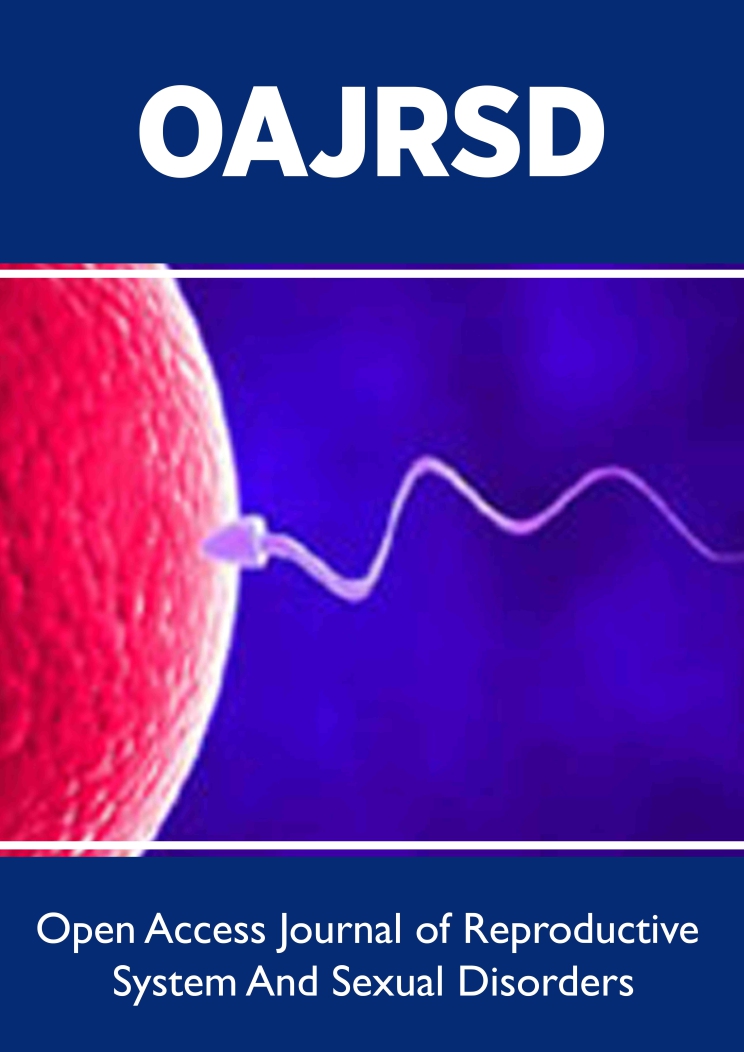

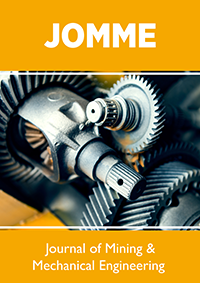




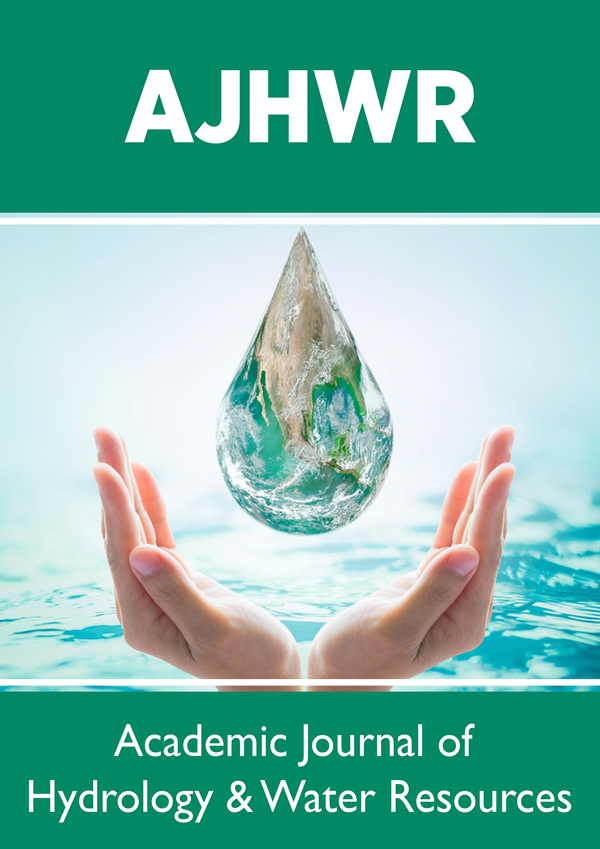

.jpg)

